1.e4 c5 2.Nf3 d6 3.Bb5+ – Positional Repertoire against the Sicilian by GM Daniel Gormally Modern Chess
Original price was: $ 100.$ 3Current price is: $ 3.
OFF - 97%10000 in stock

Description
Reviews (1)
Description
We are very happy to announce the first project by the English GM Daniel Gormally – 1.e4 c5 2.Nf3 d6 3.Bb5+ – Positional Repertoire against the Sicilian.
In the introduction to the course, Gormally writes, “The Moscow variation, named after the capital of Russia, has a long and varied history, just like the city itself. Two of the famous adherents of this variation include Grandmaster Sergey Rublesky, a noted player and coach, and of course, Magnus Carlsen a player whom you may well have heard of! Other players who have succeeded with this line are England’s Michael Adams and Sergei Tiviakov, formerly of Russia but now living in the Netherlands.
Although it can often be used by those seeking a peaceful game or to avoid theory, some of the players above have honed it into a useful attacking weapon. By playing 3.Bb5+, White is saying that yes, I respect your Sicilian Defence, so I won’t try and open the center. Instead, I will focus on quick development and getting my pieces out and do the damage later. That is a very attractive approach, which I will try to demonstrate in this course. Far from just playing for a draw, we have a nice situation where White can attack from a position of strength.”
The database contains 12 model games that explain the theory and the main ideas and 20 test positions. The video version has a running time of 6 hours.
The Moscow Variation arises after 1.e4 c5 2.Nf3 d6 3.Bb5+
The starting point of the variation. Playing the queen to d7 would be akin to resignation, so already, we only have to worry about three moves. Note as well how accelerated White’s development is. Black is lagging here!
Let’s examine first the move 3…Nbd7 – The downside of this move is obvious. You walk into a pin and don’t slow down White’s development. On the other hand, there are ideas of hitting the Bishop with … a6 later, and if White doesn’t want to slow down and wishes to take on d7, then you gain the Bishop pair. Such a position where White has accelerated development, but Black has the Bishop pair is very strategically complex, 4.0-0 Ngf6 5.Re1 a6 6.Bf1 b6 7.c4 (7.c3 also makes sense was an interesting concept pointed out by the computer. Although White has doubled pawns, he has strengthened the center. The center is very important for White in the Moscow variation!) Bb7 8.Nc3 Ne5 9.d4 Nxf3 10.gxf3

This is an interesting concept pointed out by the computer. Although White has doubled pawns, he has strengthened the center. The center is very important for White in the Moscow variation!
3…Nc6 is another possibility, but White is doing well here.
3…Bd7

This reply makes a lot of sense. Black also poses a problem back to White to take or not to take?
4.a4 This is one of the lines I will recommend in the course. If Black takes, we gain pressure down the a-file. 4…Nc6 5.0-0 g6 6.c3 the typical build-up. White is going for a big center.
The main line continues 6…Nf6 7.d4 cxd4 8.cxd4 Bg7 9.Nc3 White has got what he wanted from the opening- all the pieces are on good squares. I hope this introduction explained a few things- now let’s get on with the course!
Reviews (1)
1 review for 1.e4 c5 2.Nf3 d6 3.Bb5+ – Positional Repertoire against the Sicilian by GM Daniel Gormally Modern Chess
Leave a Reply
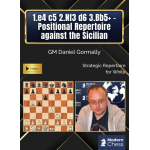

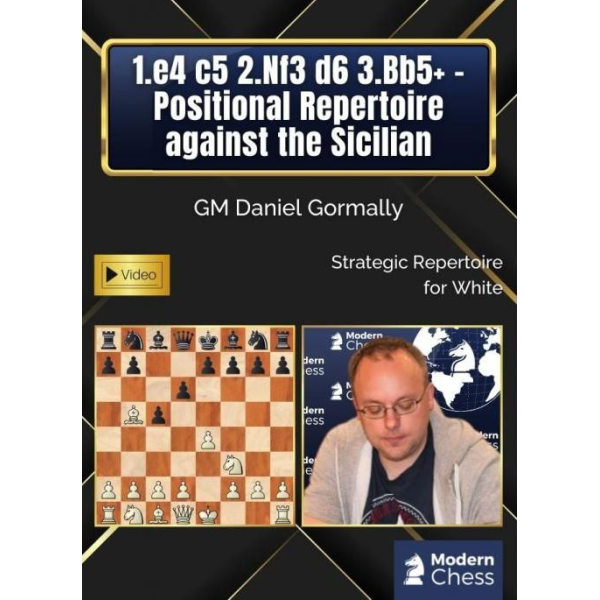

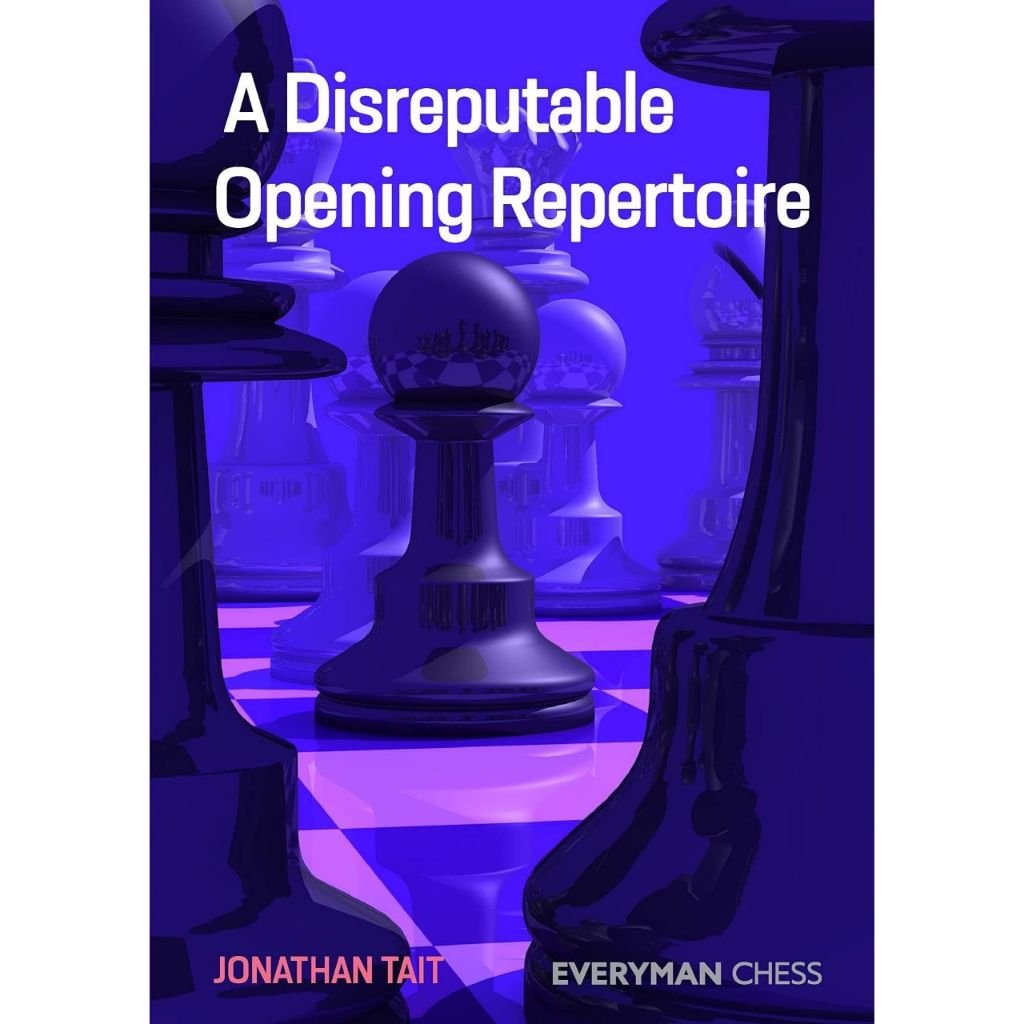


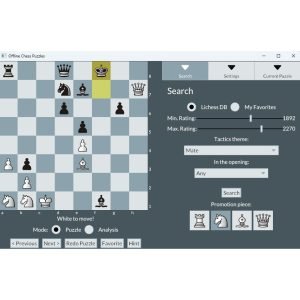
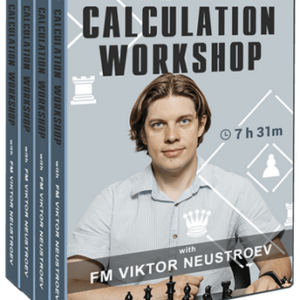

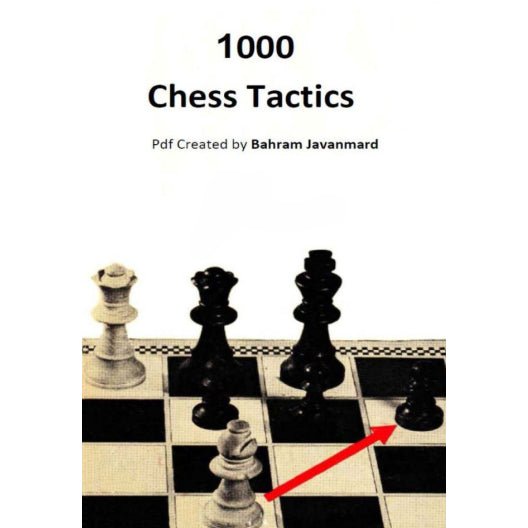
Porse (verified owner) –
Also, this course is not aimed at advanced and master level therefore; it didn’t overwhelmed me with things that I don’t need to worry about at my level.